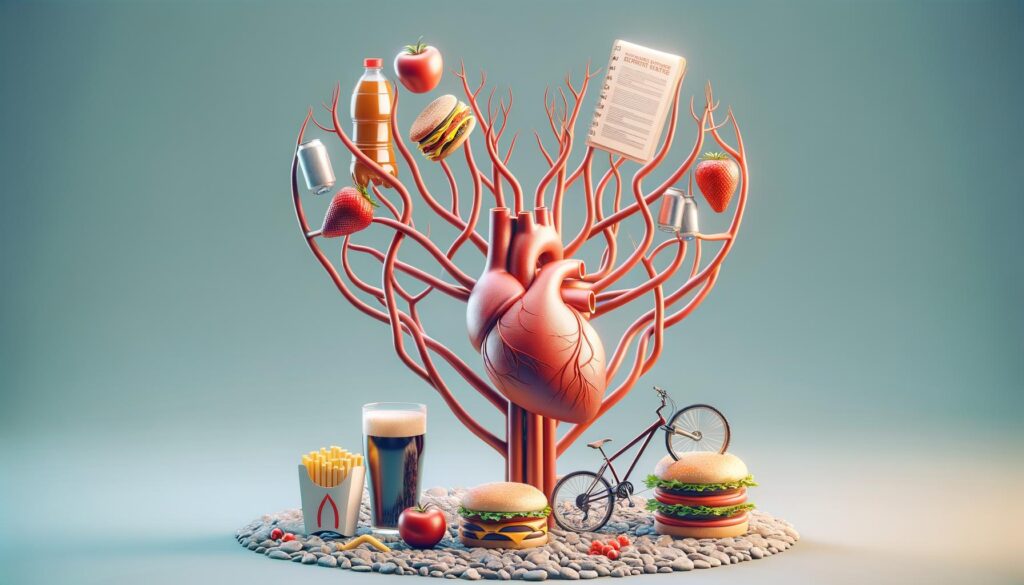Recognizing the Silent Signs of Blocked Arteries

Understanding Blocked Arteries
Arteries play a vital role in our circulatory system by providing oxygen-rich blood to all parts of the body. When arteries become blocked, it disrupts the flow of blood, potentially leading to serious health issues like heart attacks or strokes. Understanding what causes arteries to block is crucial for maintaining cardiovascular health. Typically, blockages are caused by the build-up of fatty deposits, cholesterol, and other substances on the artery walls, a condition known as atherosclerosis. Recognizing the early warning signs of blocked arteries can help you seek timely medical intervention and prevent life-threatening complications.
Chest Pain and Discomfort
One of the most common symptoms of blocked arteries is chest pain or discomfort, clinically referred to as angina. This occurs when the heart muscle doesn’t receive enough blood. Angina can manifest as a feeling of heaviness, pressure, or tightness in the chest, often during physical activity or emotional stress. It’s essential to differentiate between stable angina, which happens at predictable times, and unstable angina, which occurs unexpectedly and may indicate an imminent cardiac event. If you experience chest discomfort, especially if it coincides with shortness of breath or sweating, it’s crucial to seek medical attention immediately.
Shortness of Breath and Fatigue
Breathing difficulties and fatigue are indicators of blocked arteries that can sometimes be overlooked as signs of aging or poor fitness. When arteries are narrowed, the heart struggles to pump adequate blood, affecting how efficiently the body utilizes oxygen. Difficulty breathing, especially during exertion, and excessive tiredness that is not relieved by rest can suggest that your heart might be overworking to compensate for restricted blood flow. Keeping track of these symptoms’ frequency and triggers helps in early diagnosis and treatment.
Numbness or Weakness
When arteries carrying blood to the extremities are blocked, it can lead to numbness or weakness, primarily in the arms or legs. These symptoms occur because reduced blood flow affects the nerves and muscles, diminishing their function. You might notice these sensations while resting or after prolonged periods of inactivity. It’s crucial to be mindful of these signs, especially if they are accompanied by poor wound healing or a noticeable reduction in leg or arm strength, as they may indicate peripheral artery disease, a condition associated with blocked arteries.
Other Warning Signs to Consider
In addition to chest pain and numbness, other subtle signs can also point towards blocked arteries. These can include:
- Sweating without a clear cause
- Dizziness or lightheadedness
- Swelling in the legs or feet
- Irregular heartbeat
Such symptoms may emerge gradually and inconsistently, yet they provide critical clues about cardiovascular health. Regular check-ups and discussions with a healthcare provider about changes in your health can facilitate early intervention if these warning signs appear.
Conclusion: Be Proactive About Cardiovascular Health
Recognizing the warning signs of blocked arteries is crucial in safeguarding your heart and overall health. Early detection and treatment development significantly reduce the risks associated with cardiovascular disease. If you suspect any symptoms discussed here, consider reaching out to a healthcare professional for a thorough evaluation. Remember that lifestyle changes, such as a balanced diet, regular exercise, and stress management, play an important role in preventing arteriosclerosis and maintaining cardiovascular well-being. Being proactive rather than reactive can make a valuable difference in your health journey.
